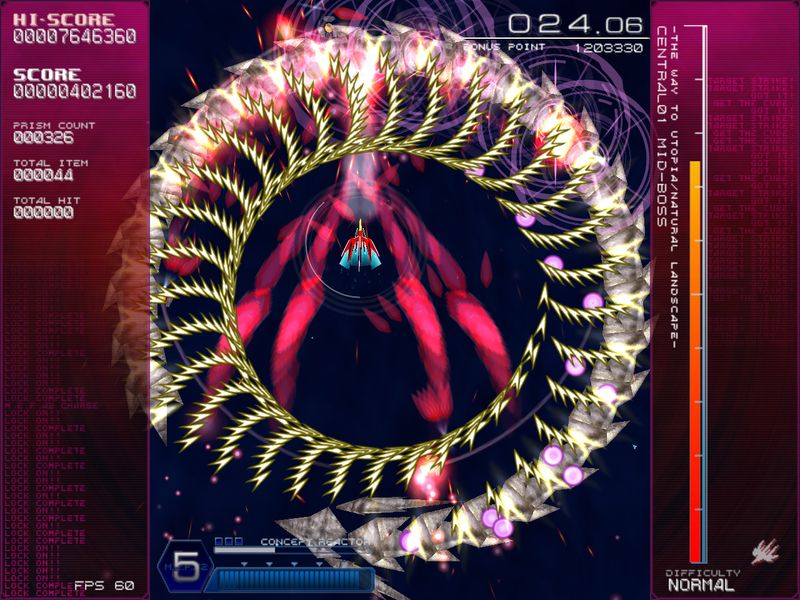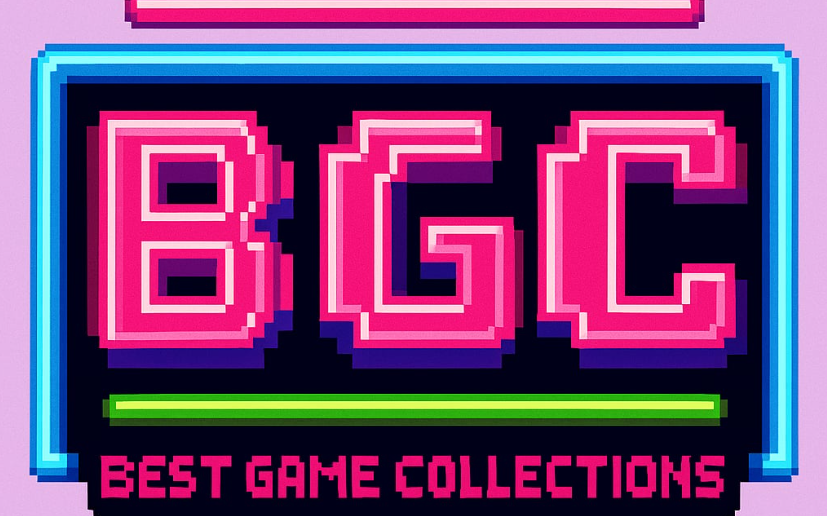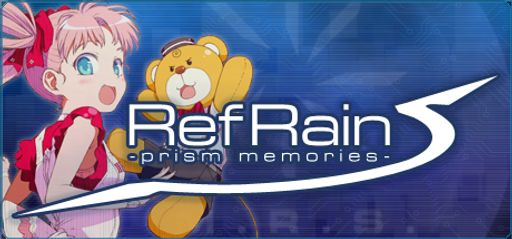I have spent many hours immersed in RefRain: Prism Memories and I must say, it is unlike any shooter I have experienced. Developed by RebRank and published by KOMODO, the game exudes an empowering cyberpunk vibe that sets it apart from traditional bullet-hell titles. From its fast-paced, offensive gameplay to its unique approach to projectile management, every aspect is designed to challenge and engage even the most dedicated gamers. In this review, I will share my impressions, insights on gameplay mechanics, story depth, visuals, sound, and overall replayability.
Overall Impressions
RefRain: Prism Memories immediately grabbed my attention with its bold shift from the typical dodging-centric gameplay seen in most shmups. Instead, the game encourages aggressive play and intelligent use of its special bullet-cancel system. I appreciated that the developers intended for players to embrace the mechanic of breaking enemy bullets rather than constantly dodging them. This design choice creates a refreshing tactical experience. The game feels like a hybrid between classic shooters and modern bullet-hell titles, delivering a unique blend that stands out in the crowded shoot ‘em up genre.
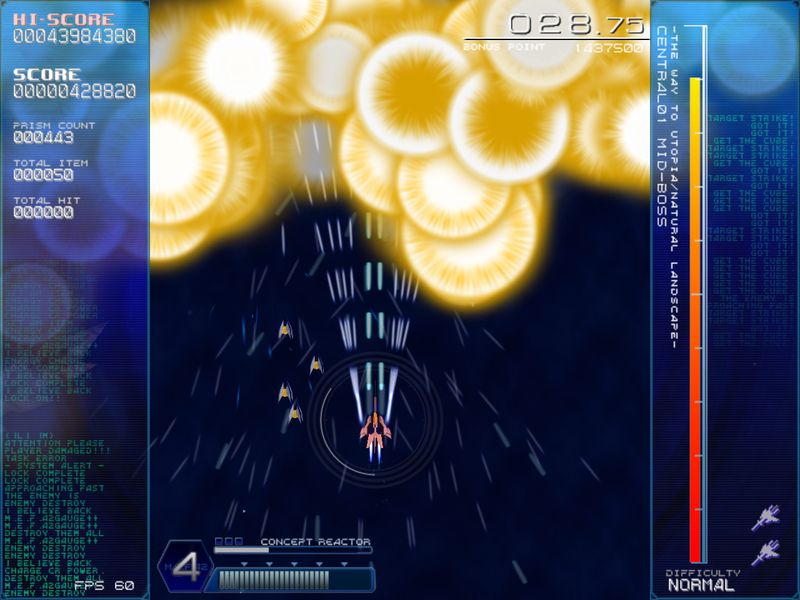
The game achieves a wonderful balance between accessible gameplay and advanced mechanics. I have found moments where my timing in counter attacks and managing the special “M.E.F.A.2” weapon felt incredibly rewarding. However, it is not without its flaws. The visuals, while artistically styled in a cyberpunk theme, can appear outdated. The limited resolution options and minor frame drops sometimes take the player out of the experience. Despite these setbacks, the core gameplay remains engaging, and the distinct approach leaves a lasting impression.
Gameplay Mechanics
RefRain: Prism Memories offers diverse gameplay mechanics that challenge your strategic thinking. The game does not solely rely on dodging enemy fire. Instead, it emphasizes breaking enemy bullets using the special attack system. I found this shift to be a bold departure from more traditional shmup elements. The “M.E.F.A.2” special move is a highlight. With its multiple attack modes, I enjoyed cycling through each one to find the perfect moment to counter incoming dangers.
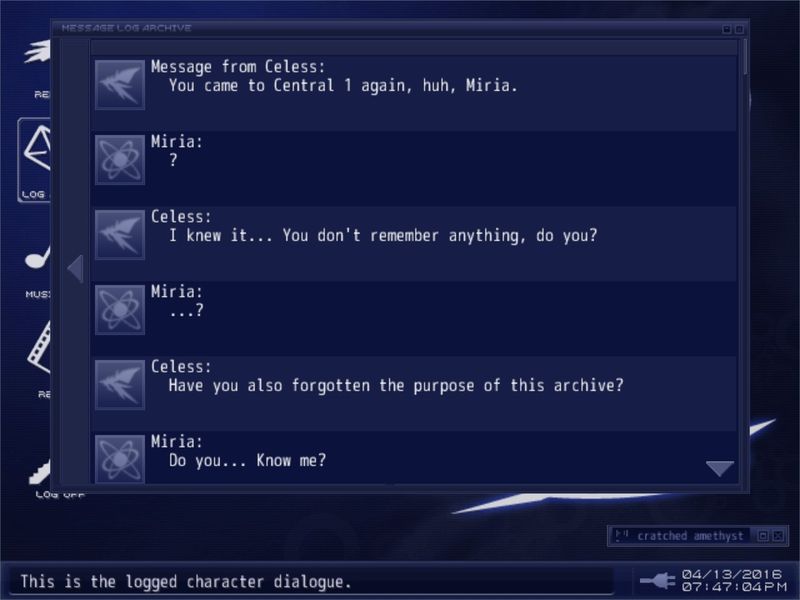
I experimented with all three unlockable characters—Miria, Tee, and Mews—and each character felt unique. Miria delivers traditional straight shots and lasers, Tee excels with narrow-focused attacks, and Mews adds breadth to the shot with a wide-angle option. The diverse play styles encouraged me to test each one in various stage scenarios and even in NG+ modes. I particularly admired that the game creates a rewarding rhythm around boss encounters. During these moments, chaining stun states and bullet cancels provided a strategic layer that demanded both precision and aggression.
There is a subtle nuance in enemy bullet behavior. Many attacks are designed to be converted rather than evaded. This design forces a more calculated approach and rewards players who master the timing of their bombs, known as the “concept reactor.” Such nuances make every playthrough feel dynamic, as I continually adjusted my tactics based on enemy patterns and stage progression. While the gameplay flows impressively well, some minor frame rate drops during battle transitions remind us that the game is a doujin title with certain technical limitations.
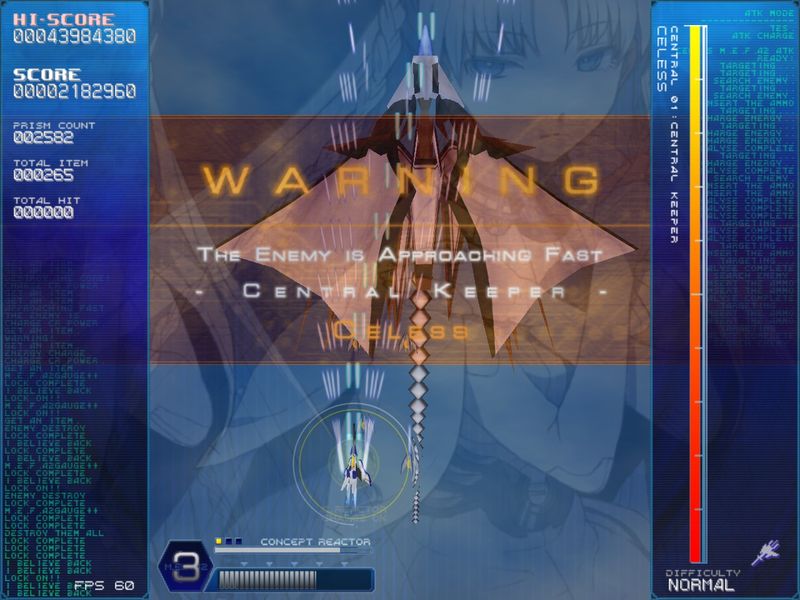
Story and Characters
In RefRain: Prism Memories, the story unfolds as you progress through the game. I was intrigued by the email archive mechanism where each email reveals a piece of the narrative puzzle. The game builds a layered cyberpunk universe that touches on themes of digital rebellion and personal empowerment. I enjoyed piecing together these fragments to form a narrative that is both mysterious and immersive.
Each character has their own ending, which enriches the replay value and deepens the game’s lore. While the story does not mirror complex RPG narratives, it effectively complements the gameplay. The thematic consistency between the visual aesthetic and the unfolding narrative captivates the player and enhances the overall experience. The narrative depth is introduced subtly and never feels forced. Instead, it acts as a rewarding bonus for players who invest time into exploring every nook of the digital landscape.
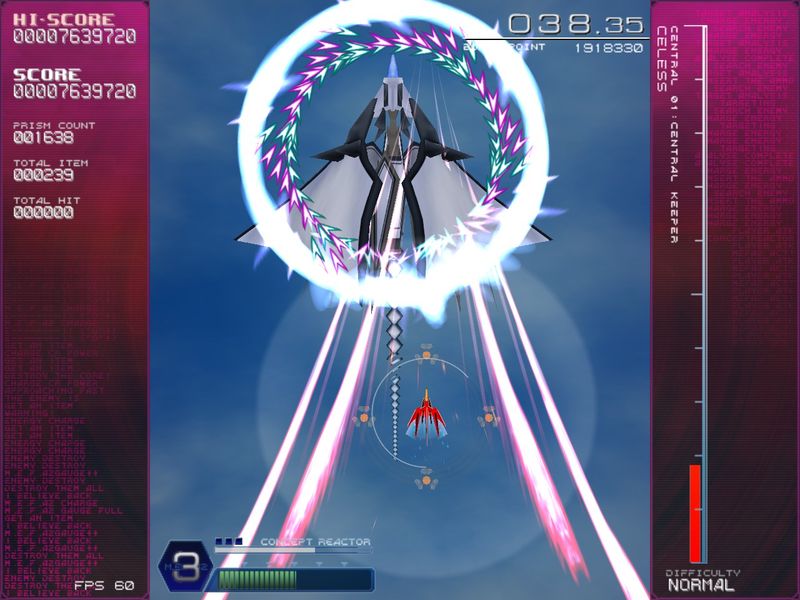
Visuals and Graphics
Graphically, RefRain: Prism Memories takes its inspiration from cyberpunk roots. The backgrounds lean on simplistic 3D models that evoke a sense of nostalgia. Although the graphics are not high-definition, they serve their purpose in setting the mood. The visual design manages to capture the grim yet vibrant corners of a digital world. I found that the bright, easily distinguishable bullets and the light spark effects contribute significantly to the game’s aesthetic. The decision to optimize the game for a 3:4 size adds to its retro charm.
Despite these positive aspects, I must mention that the visuals show signs of age. The lack of modern graphical enhancements such as HD textures can be noticeable, especially during prolonged play sessions. However, this does not significantly detract from the gameplay experience. The art style is clear, and the cyberpunk theme remains consistently engaging.
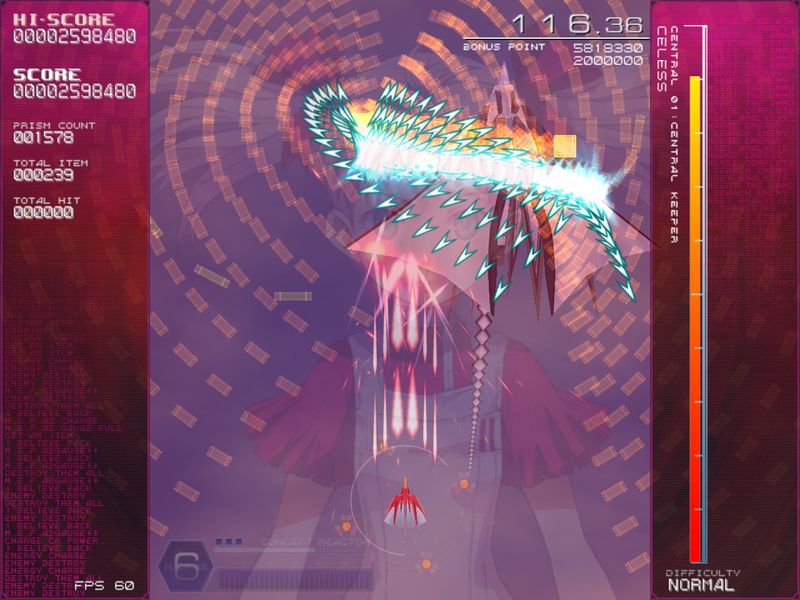
Sound and Music
The soundtrack of RefRain: Prism Memories is one of its strongest assets. I have always had an affinity for trancy dance music, and this game delivers in spades. The pulsating beats and rhythmic sequences sync beautifully with the gameplay. Each character even has its own theme and soundtrack, which adds layers of immersion. The music not only pumps up the adrenaline but also makes each stage memorable. I also appreciated that the game allows access to the full soundtrack through its unique menu interface.
Some minor criticisms arise with the sound effects. The main shot sound is slightly high-pitched and can become slightly grating over long sessions. Yet, the explosion effects and overall sound design compensate for this flaw. Every beat and sound effect enhances the fast-paced action, keeping you in the zone throughout each session.
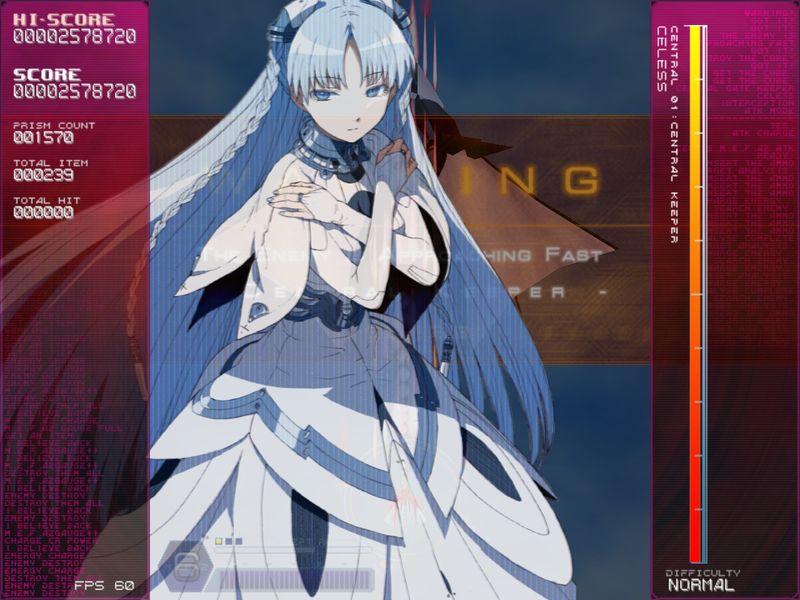
Difficulty and Replayability
The game offers multiple difficulty settings and encourages strategic experimentation. The easy mode provides four stages, while the other modes feature a full five-stage campaign. I found that playing on the “normal” difficulty was less punishing than the high-octane bullet hell experiences found in other franchises such as Touhou. This makes RefRain accessible to those who are new to the genre while still providing challenges for veterans who prefer a no-bomb playthrough.
The addition of NG+ stages is an excellent way to extend replayability. Scoring is based on several factors, such as aggressive play, timing, and the effective use of bullet cancels. I am particularly impressed by the “Prism Count” multiplier that rewards close-range combat and swift action. Such mechanics encourage repeated playthroughs as I sought to perfect my score and master every nuance the game has to offer.
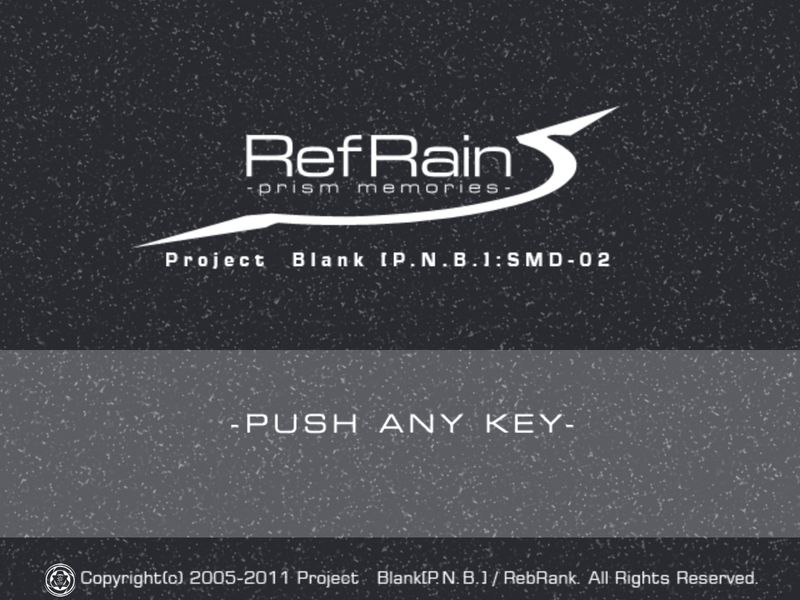
Final Thoughts and Rating
RefRain: Prism Memories is a standout title in the shoot ‘em up realm. It successfully marries old-school shooter mechanics with innovative, aggressive bullet management. Although the graphics may appear dated and there are minor technical hiccups, the game’s core mechanics and immersive audio-visual style deliver a robust experience.
I applaud RebRank for their creative approach and attention to strategic detail. The cyberpunk narrative, distinctive sound design, and varied character dynamics create a memorable package that is hard to ignore. I recommend this title to any shmup fan looking for a fresh challenge or someone curious about doujin shooters. It is an outstanding realization of passion and talent from a dedicated team.
4.5 out of 5 stars.
